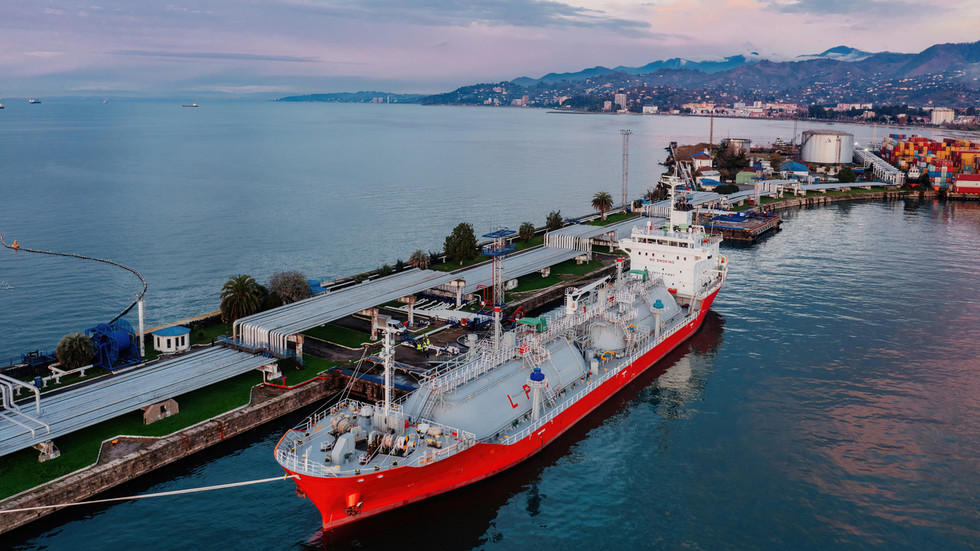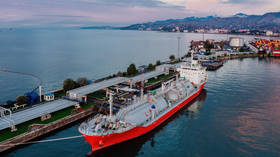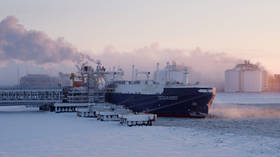
Banning Russian liquefied natural gas will benefit US producers but hit the bloc’s industrial sector, Dmitry Peskov says

© Getty Images / Vladimir Zapletin
Russian producers will seek ways to overcome potential sanctions against Moscow’s exports of liquefied natural gas (LNG), Kremlin spokesman Dimitry Peskov told journalists on Saturday.
On Thursday, Western media cited unnamed diplomatic sources as saying the EU’s 14th package of Ukraine-related sanctions would propose curbs on Russian LNG – which so far hasn’t been targeted by any bans. The new measures are expected to include a prohibition on trans-shipments in the bloc, and hit Russia’s three LNG production projects.
Peskov stressed that any restrictions against Russian super-chilled gas along with efforts to “squeeze” the country out of energy markets will only lead to higher gas prices for EU consumers.
“The shift towards more expensive supplies is, primarily, beneficial for the US and a number of other nations,” he said, adding that end-use customers, particularly the EU industrial sector, will have to pay a heavy price.
The spokesman pledged that Russia “will look for ways to overcome these illegal obstacles,” decrying the sanctions as “unfair and illegal competition.”

Earlier this week, an intention to add restrictions against Russian LNG to the bloc’s next sanctions package was voiced by Swedish Foreign Minister Tobias Billstrom.
Last year, Brussels approved measures allowing individual member states to block gas supplies coming from Russia on a voluntary basis, although the lion’s share of the continuing flows are bound by long-term contracts.
EU member states still depend on Russia for their gas supplies. Imports from the sanctions-hit state accounted for about 40% of EU demand before the launch of Moscow’s military campaign against Ukraine.
Earlier this month, Reuters reported that a notable increase in LNG exports had pushed the share of Russian gas in the EU supply up to nearly 15%. Russia reportedly sent over 15.6 million metric tons of LNG to EU ports last year, marking a slight increase versus 2022, and a 37.7% jump compared to the previous year.




